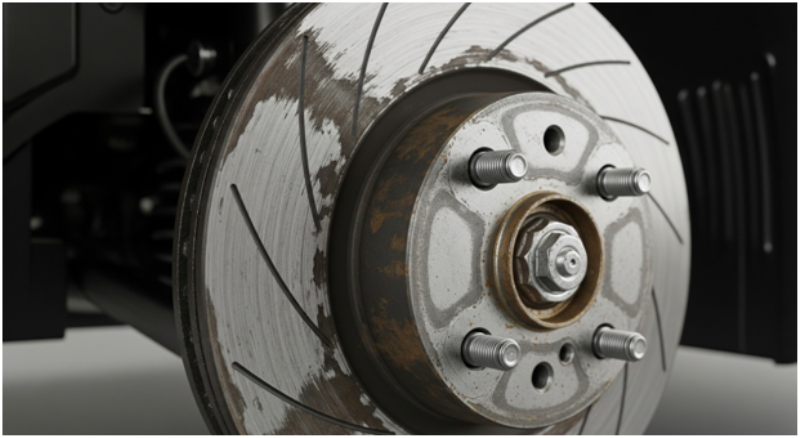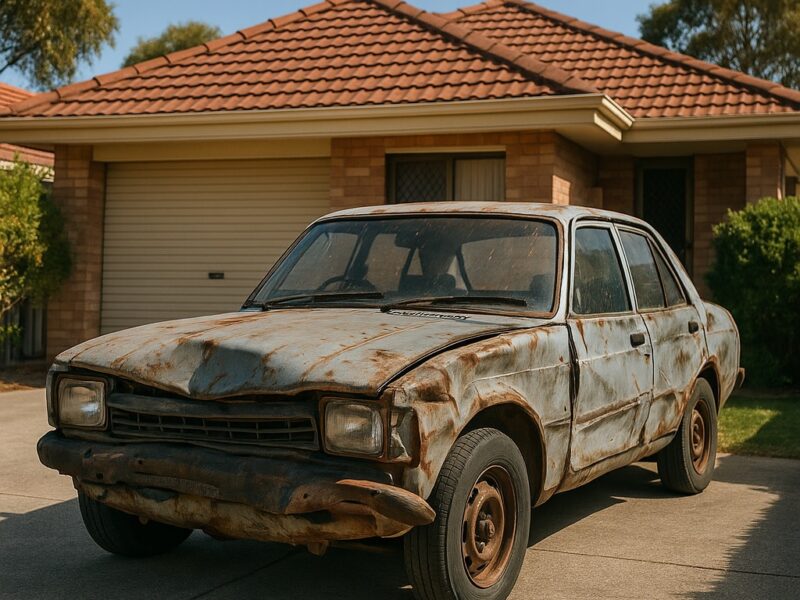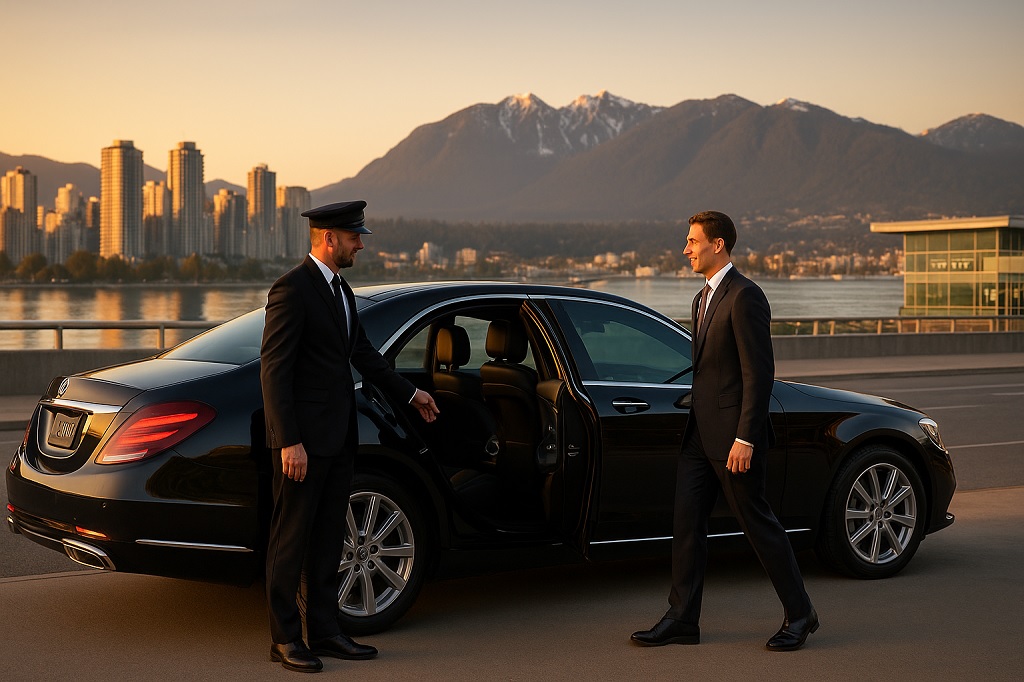You’ve just been told by your mechanic that your brake pads are wearing unevenly—one side is worn down to the metal while the other looks almost new. After ruling out major mechanical faults like a seized caliper, you’re left scratching your head. If the parts are working correctly, what could possibly cause such a lopsided result? It might be time to look at the one factor you can control completely: the person behind the wheel.
While mechanical issues are often the direct cause, your personal driving style can be the trigger that pushes a perfectly fine brake system into a state of imbalance. The way you accelerate, brake, and even turn can create conditions that lead directly to uneven wear, costing you money and compromising your safety. Here’s how your habits might be the hidden culprit.
The Science of Heat: Your Brakes’ Greatest Enemy
To understand the connection, we first need to talk about heat. Your brakes work by converting the kinetic energy of your moving car into thermal energy (heat) through friction. This process is incredibly demanding, and excessive heat is the root of most braking problems.
When your driving habits consistently generate extreme or imbalanced heat, it degrades the essential components of your brake system. The high-temperature grease lubricating the caliper pins breaks down, rubber dust boots become brittle, and brake fluid can even boil. This heat-induced degradation is what causes the mechanical failures—like seized pins and sticky pistons—that are the direct cause of uneven wear. In short, your driving style can create the very problem you’re trying to avoid.
Driving Habits That Destroy Brake Balance
Certain driving styles are particularly punishing on your brakes, creating the perfect storm for uneven wear.
1. Aggressive “Gas-and-Brake” Driving This style is common in heavy traffic: you accelerate quickly to close a gap, only to slam on the brakes moments later when the car in front of you stops. This “point-and-shoot” approach generates massive spikes of intense heat.
While this is hard on all your brakes, it’s especially damaging if there is even a minor, pre-existing weakness in the system. A slightly sticky slide pin on one caliper might function adequately during gentle stops. But under the stress of repeated hard braking, it will fail to engage properly. The caliper on the other side of the axle is then forced to handle the entire braking load, causing its pad to overheat and wear out at a drastically accelerated rate.
2. “Riding” the Brakes Riding the brakes—whether by resting your foot on the pedal or by using them constantly on a long downhill slope instead of downshifting—is a surefire way to cause damage. This habit doesn’t create a sudden spike in heat but rather a sustained, lower-temperature “bake.”
This constant friction keeps the pads in contact with the rotors, never giving them a chance to cool down. This slow-cooking process is the number one enemy of lubricating grease and rubber components. It will methodically break down the lubricant in the slide pins and can damage the caliper piston seals, leading to a seized part. The caliper that seizes first will cause its pad to drag continuously, leading to severe, one-sided wear.
3. Consistently Braking Hard into Turns This is a more subtle but surprisingly common habit. Think about a specific freeway off-ramp or a sharp turn on your daily commute. Do you tend to brake hard while already in the turn?
When you brake while turning, your vehicle’s weight shifts diagonally. For example, when braking into a sharp right-hand turn, the load is transferred primarily to the front-left wheel. This forces the front-left brake to work significantly harder and get much hotter than the others. If this is part of your daily routine, you are repeatedly overheating one specific corner of your vehicle’s brake system. Over thousands of miles, this targeted abuse will cause the components on that overworked side to degrade and fail first, resulting in classic uneven wear.
The Solution: Drive Smarter, Not Harder
The fix is simple and free: adjust your driving style to be smoother and more deliberate.
- Look Ahead: Anticipate stops and slow down by coasting rather than relying solely on your brakes.
- Increase Following Distance: Leave more space between you and the car in front to avoid sudden, hard braking.
- Use Your Gears: On long downhill grades, downshift to a lower gear and let the engine’s resistance help control your speed.
- Brake Before You Turn: Do most of your slowing down while the car is still moving in a straight line before you initiate a turn.
By becoming a smoother, more proactive driver, you reduce the heat and stress on your brakes, allowing them to wear longer and more evenly. Understanding the mechanical issues your habits can create is the next step. To learn more, explore this detailed guide on brake pad uneven wear.



